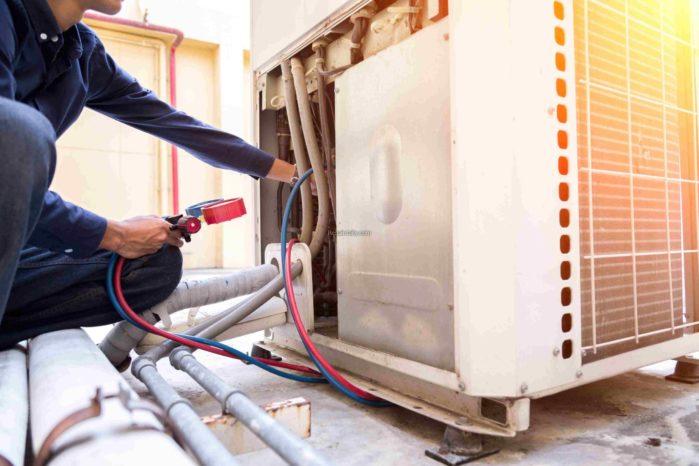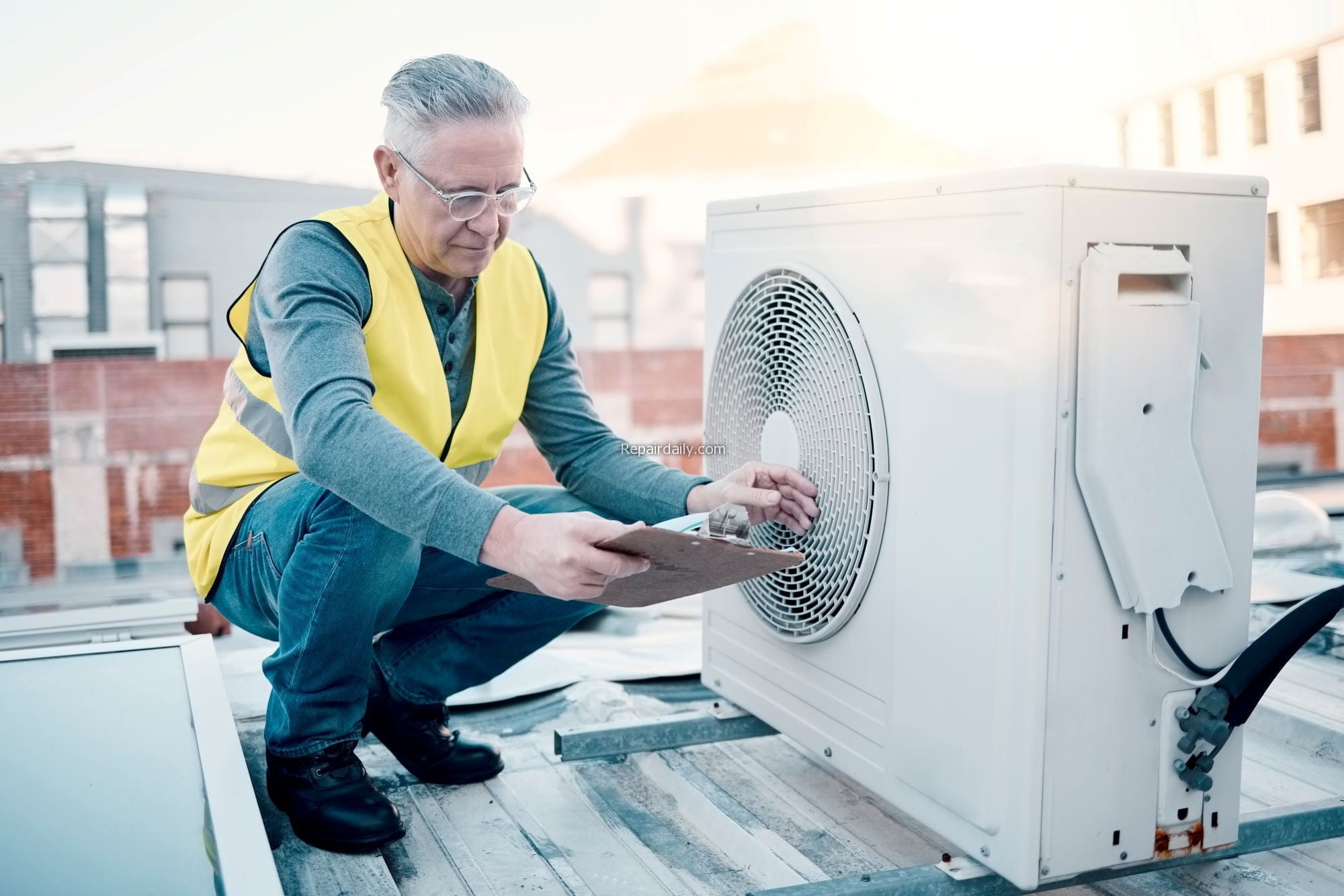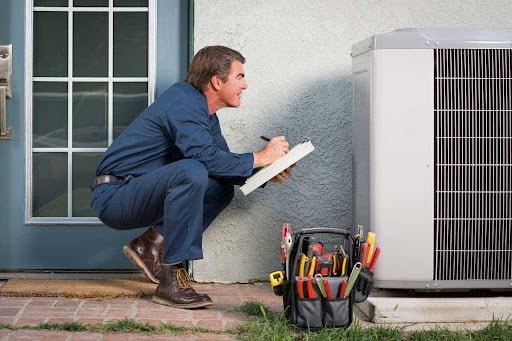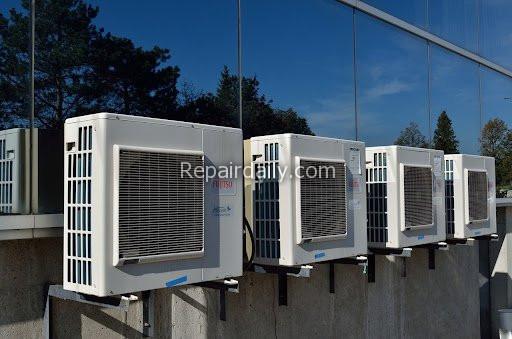
Power issues in home climate systems can be disruptive, uncomfortable, and potentially costly if not diagnosed early. Whether your gas furnace or air conditioning unit suddenly stops working, the underlying cause often lies within the electrical supply, control circuits, or safety components that support the overall HVAC system. Understanding these power-related challenges can help homeowners make informed repair decisions, reduce downtime, and improve equipment longevity. Although modern HVAC setups are designed with built-in safeguards, these layers of technology can also introduce complexity, requiring thoughtful troubleshooting and a balanced approach when weighing convenience, safety, cost, and system performance.
Diagnosing power problems is not only about identifying what has failed but also about understanding why it failed. Electrical issues often serve as early indicators of deeper mechanical problems, inadequate installation, or system overloads. Because HVAC equipment combines mechanical parts with sophisticated electrical controls, a single malfunction can trigger multiple symptoms. The goal of smart troubleshooting is to approach the issue systematically and to recognize the trade-offs associated with each potential solution.
This article provides a comprehensive and objective look at the major factors that influence power problems in HVAC systems, the methods used to diagnose them, and the challenges that come with balancing safety, cost, time, and system efficiency.
Understanding the Role of Electrical Power in HVAC Systems
Every HVAC system relies on a stable and adequate supply of electrical power, even systems that primarily use natural gas or heating oil. While a residential furnace or gas heating system uses natural gas or propane to generate heat, it still depends on electrical power to operate blowers, igniters, control boards, and safety switches. Similarly, the AC unit or air conditioning system is entirely dependent on electrical power for compressors, condenser fans, indoor blowers, and control components.
These systems are engineered with multiple layers of safety sensors, switches, and internal communication paths. A disruption in any part of this chain can cause a shutdown that appears to be a major electrical failure. In reality, the system might be intentionally shutting itself down to prevent damage, overheating, or unsafe operation. Because of this, diagnosing power issues requires both technical understanding and careful observation.
Common Causes of Power Issues in HVAC Systems
Electrical problems in HVAC units typically fall into one of several categories:
- External electrical supply interruptions – power surges, utility outages, inadequate voltage, or tripped breakers
- Internal wiring or component failures – damaged wires, loose connections, short circuits
- Control board failures – malfunctioning logic systems, communication interruptions, or relays sticking
- Safety switches and sensors – high-limit switches, pressure switches, float switches, flame sensors, or condensate overflow switches
- Thermostat-related issues – miswiring, dead batteries, improper settings, or malfunctioning sensors
- Overloaded circuits or bad breakers – inadequate electrical capacity or aging breakers that trip prematurely
Each category has its own symptoms, diagnostic steps, and trade-offs. For example, replacing wiring may be inexpensive but time-consuming; replacing a control board may be fast but costly. Understanding these factors helps homeowners avoid unnecessary part replacements and better evaluate when professional help is needed.
Step-by-Step Diagnostic Process for Power Issues
Effective diagnosis combines structured troubleshooting with the ability to interpret system behavior. Below is a logical process that helps narrow down the root cause of power issues.

-
Checking the Main Power Supply
The first step is verifying that the HVAC equipment is receiving adequate electrical power from the home’s electrical panel. Many power issues originate from:
- A tripped circuit breaker
- A blown fuse
- A loose connection at the breaker panel
- Damaged wiring between the panel and the HVAC equipment
Breakers can trip for various reasons, ranging from high current draw to faulty components. Homeowners may be tempted to reset a tripped breaker repeatedly, but doing so without identifying the cause introduces risk. Breakers are designed to prevent overheating or electrical fires. If the breaker trips repeatedly, there is a deeper issue such as a short circuit, failing fan motor, or compressor overload.
-
Inspecting Local Power Switches and Disconnects
Most HVAC installations include separate local power shutoffs:
- A switch near the indoor unit
- A pull-out disconnect near the outdoor condenser
- An inline fuse or breaker
These safety controls ensure technicians can work on the equipment safely, but they also add failure points. A loose fuse, corroded contact blade, or faulty switch can prevent the HVAC system from powering on even when the main electrical supply is intact.
Diagnosing these disconnect points requires visual inspection and sometimes testing electrical continuity. The challenge lies in identifying which component has failed without misinterpreting system behavior. For example, a loose blade in an outdoor disconnect may cause intermittent operation, which some homeowners mistake for a failing compressor or thermostat.
-
Evaluating Thermostat Power and Communication
The thermostat is often overlooked during troubleshooting. Many power issues begin here, especially in modern smart home environments where thermostats rely on low-voltage wiring and stable power from a C-wire.
Key issues include:
- Dead thermostat batteries
- Miswired C-wire or missing common wire
- Software glitches in smart thermostats
- Faulty temperature sensors
- Communication failures between thermostat and HVAC control board
The challenge here is balancing the convenience of advanced smart thermostats with the need for stable low-voltage power. Some smart models draw too much power through the system’s wiring, disrupting the communication between the thermostat and HVAC equipment and leading to intermittent shutdowns. This is a trade-off between modern technology and traditional reliability.
-
Inspecting Safety Switches and Lockout Conditions
Safety switches are critical components designed to protect HVAC equipment from unsafe operation. However, these switches can also cause the system to shut down completely—sometimes without obvious symptoms.

Examples include:
- A high-limit switch that opens due to overheating in a residential furnace
- A pressure switch prevented from closing due to a blocked vent
- A condensate overflow switch that shuts down the air conditioning system
Diagnosing these mechanisms requires patience and systematic checking. Safety switches that activate frequently may indicate deeper problems such as airflow obstruction, mechanical failure, or blocked drainage lines. Simply resetting the switch without addressing the root cause can create long-term issues.
-
Examining Internal Control Boards
The control board acts as the “brain” of HVAC equipment. It manages fan speeds, ignition sequences, compressor operation, safety lockouts, and communication with the thermostat.
Common control board issues include:
- Burned traces or overheated components
- Faulty relays
- Loose harness connections
- Software errors
- Moisture or corrosion damage
Replacing a control board is often an effective solution, but this option comes with trade-offs. Control boards are expensive and must be installed correctly to avoid future issues. Additionally, if the underlying cause is a power surge or voltage fluctuation, simply replacing the board without addressing electrical stability can lead to repeated failures.
-
Checking Low-Voltage Wiring and Transformers
HVAC systems rely on low-voltage transformers to supply power to the thermostat and internal controls. A failed transformer can shut down the entire system.
Symptoms of low-voltage failure include:
- No thermostat display
- No response from the HVAC equipment
- Blown low-voltage fuse on the control board
Replacing a transformer is often straightforward, but identifying why it failed can be challenging. Transformers rarely fail without cause; underlying issues may include shorted wires, grounded circuits, or failed motors.
Trade-Offs in Diagnosing and Repairing Power Issues

HVAC power problems often present homeowners with difficult choices. Each solution carries consequences in terms of cost, longevity, and performance. Being aware of these trade-offs supports better decision-making.
-
Repair vs. Replacement
Repairing individual components such as switches, fuses, and wires is usually inexpensive but may not address the long-term risks of aging equipment. On the other hand, replacing an entire control board or upgrading electrical components can be costly but more reliable.
The decision often depends on:
- Age of the HVAC system
- Frequency of previous failures
- Cost of replacement parts
- Potential energy savings
- Expected lifespan of repaired components
-
DIY vs. Professional Diagnosis
Homeowners often face the choice of troubleshooting issues themselves or calling a professional. DIY diagnosis can save time and money but has limits, especially with electrical components.
Factors to consider include:
- Safety risks when handling electrical components
- Warranty implications
- Access to specialized tools
- Ability to diagnose complex interactions between mechanical and electrical components
-
Balancing Smart Technology with System Reliability
Smart thermostats and sensors offer convenience, energy savings, and enhanced control. However, integrating these technologies into older HVAC systems may cause compatibility issues.
Trade-offs include:
- Additional load on low-voltage wiring
- Risk of intermittent communication failures
- Increased need for stable Wi-Fi and power
- Higher installation complexity
Homeowners must balance the benefits of smart technology with the reality that traditional systems were not always designed to accommodate such devices.
Challenges in Diagnosing Power Issues
Diagnosing power problems is rarely simple. The interconnected nature of HVAC components means that a failure in one area may create symptoms in another.
Some key challenges include:
-
Intermittent Symptoms
Power issues often appear inconsistently. A loose wire or a failing breaker may work perfectly one day and cause complete system failure the next. Diagnosing intermittent problems requires patience and sometimes repeated testing.
-
Overlapping System Symptoms
A system that does not turn on may indicate:
- A bad thermostat
- A tripped breaker
- A faulty transformer
- A safety switch activation
- A failed control board
Because different failures can create identical symptoms, misdiagnosis is common.
-
Hidden or Hard-to-Access Components
Electrical disconnects, transformers, and wiring harnesses may be located in areas that are challenging to inspect. Reaching them safely may require removing panels or accessing cramped areas in attics, crawlspaces, or outdoor cabinets.
-
Modern HVAC Complexity
Newer systems include:
- Multiple control boards
- Diagnosing LEDs
- Integrated communication systems
- High-efficiency motors
- Variable-speed components
While these features improve comfort and efficiency, they also make diagnosis more complex.
The Importance of Considering Long-Term Impact When Making Decisions
Every repair decision affects the long-term performance, safety, and cost of owning an HVAC system. Simply resetting a breaker or bypassing a safety switch may solve a short-term problem but introduce risk or mask a serious issue. Similarly, upgrading to smart technology without evaluating the electrical compatibility of existing equipment may create additional power disruptions.
When diagnosing power issues, homeowners should consider:
- Long-term energy efficiency
- Reliability of repaired components
- Safety implications of electrical work
- System age and remaining lifespan
- Cost-benefit analysis of upgrades
- Impact on comfort and air quality
A well-informed approach leads to fewer breakdowns, lower energy costs, and a safer indoor environment.

Wrapping Up
Diagnosing power issues in an HVAC system requires a balance of methodical troubleshooting, safety awareness, and understanding of the system’s electrical and mechanical interactions. From checking the main electrical supply to inspecting control boards, thermostats, and safety switches, each step plays a vital role in identifying the true cause of the problem. While some issues can be addressed with simple repairs, others demand more significant decisions, such as upgrading components or consulting a professional.
Ultimately, effective diagnosis is about looking beyond immediate symptoms and considering the long-term impact of each repair choice. By taking a structured and objective approach, homeowners can ensure their climate control systems operate reliably, safely, and efficiently throughout the year.

